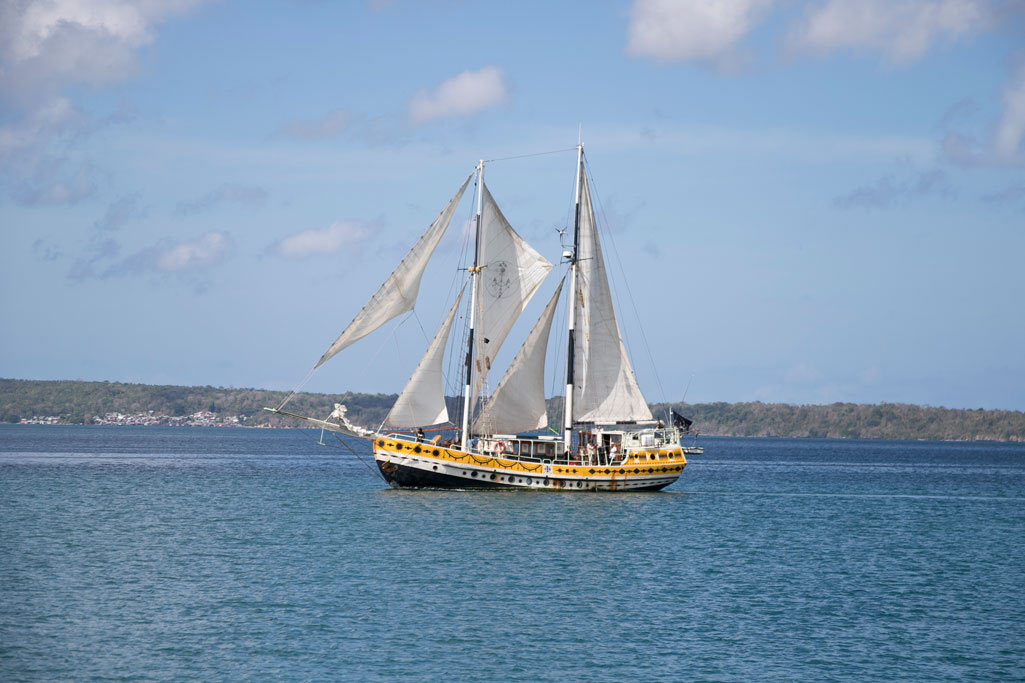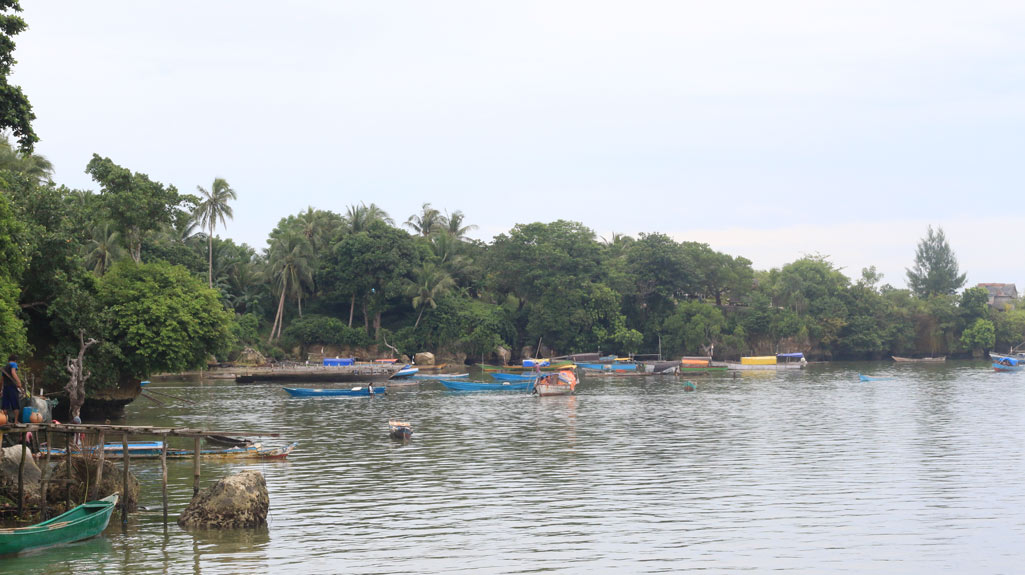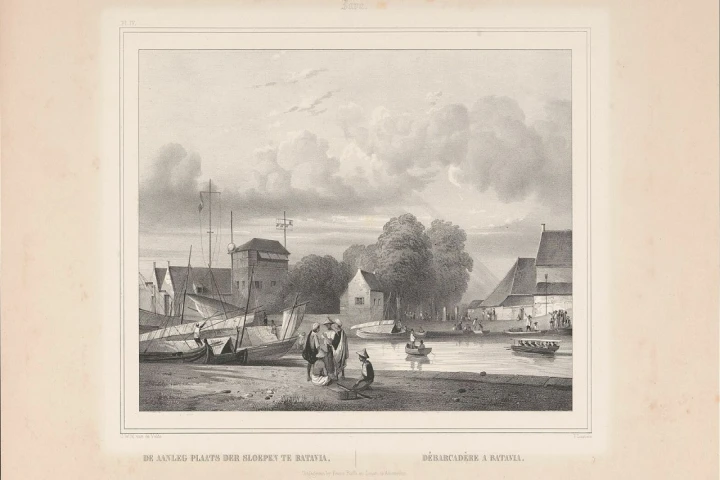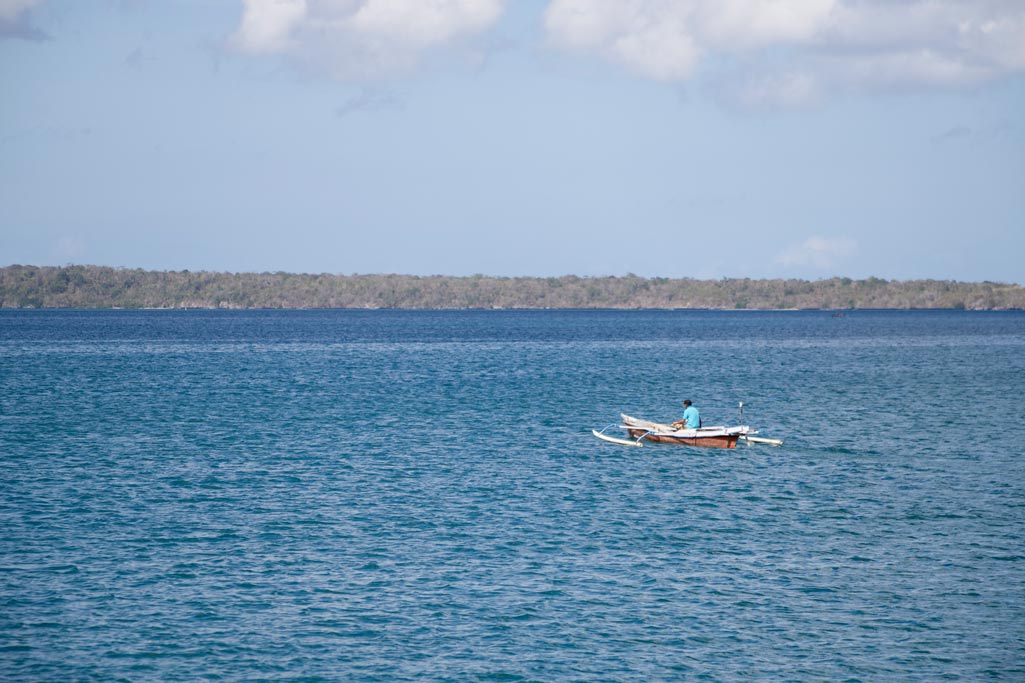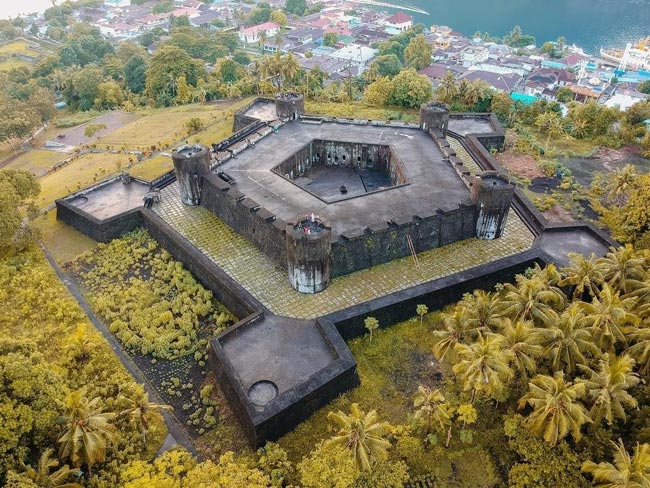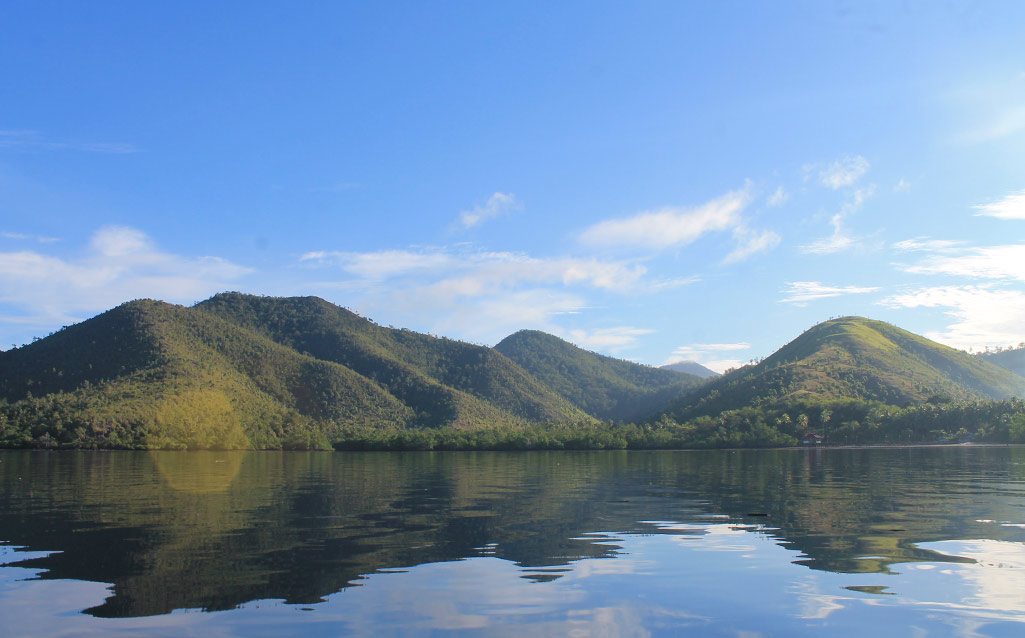
Seram Island is a part of Maluku, the greatest spice producer in Nusantara. This historical island that once became a trade route for local and international traders now consists of three regencies; the Central Maluku Regency and two regencies as the products of expansion; they are East Seram Regency and West Seram Regency.
Seram Island is located in a very strategic natural condition. It produces cool air, and thus the spices thrived on this island. Moreover, its strategic location transformed Seram into a trade route for the local traders and later attracted international traders to stop by.
The trade between Banda and Seram was in the same pattern as the trade of Aru and Kei. Seram traders tended to depart from Amahai port and transit at an intermediary market in Banda Islands. Seram traders sailed through the east coast of Seram Island and turned south before reaching Banda.
Before reaching Banda Neira, Seram traders used to stop by the Hitu Port to exchange their goods, such as pearl and coarse woven fabric with cloves.
Besides cloves as crops, Seram traders carried forest products, such as resin, honey, and earthenware kitchen/cooking utensils. They exchanged the goods with coarse woven fabric, Gujarati textiles, and other imported goods from local and international traders.
Started from here, the crops reached Java, Sumatra, and even other countries. It also led the Srivijaya Empire to Banten to become the first trade hub and the stopover for the Europeans before they carried their spice expedition to Maluku.
After the arrival of VOC, they arranged a tactic to reduce the production and cut the clove trees in Maluku when the spice price dropped significantly in 1652. There were solely two islands as clove producers that were not affected by the eradication; Ambon and Seram.
In line with history, many ports in this clove island have become the traces of spice routes in Seram Island that remain today. They are Amahai, Masohi, Kairatu, Piru, Tehoru, Bula, Geser, Wahai, Kobisadar, and Way Ley.
Source:
Amal, M. Adnan. 2010. Kepulauan Rempah-rempah: Perjalanan Sejarah Maluku Utara 1250-1950. Jakarta: KPG.
Razif & M. Fauzi. 2017. Jalur Rempah dan Dinamika Masyarakat Adat Abad X-XVI: Kepulauan Banda, Jambi dan Pantai Utara Jawa. Jakarta: Direktorat Sejarah.
Text: Doni Ahmadi
Editor: Tiya S.
Translator: Dhiani Probhosiwi



